Wine tasting is a multisensory experience that engages the taste, smell, and sight. But a often overlooked element plays a crucial role in the tasting process: the spittoon. This modest container has an essential function during wine tasting, contributing to maintaining the integrity of sensory evaluation without the intoxicating effects.
As we delve into the art of wine tasting, it's important to understand that the goal is not necessarily to consume large quantities but rather to appreciate the nuances and unique characteristics. The spittoon, often underestimated or even avoided by some, is, in fact, a fundamental tool that allows tasters to preserve palate clarity and mental acuity during a tasting session.

One of the first rules of wine tasting is to observe the color, smell the aromas, and taste the flavor. However, continuous sipping may lead to excessive intoxication, compromising the ability to accurately assess the next wine. This is where the spittoon comes into play.
The wine spittoon is the means by which tasters expel the tasted wine. This seemingly unpleasant gesture is essential to maintain sobriety and objectivity during tasting. By collecting wine in the mouth and subsequently spitting it out, tasters can fully appreciate the organoleptic characteristics of the wine without the risk of being overwhelmed by alcohol effects.
Choosing an appropriate spittoon is crucial. Ideally, it should be a wide and deep container, minimizing splashes and providing a discreet environment for spitting. Some might feel embarrassed or hesitant to use the spittoon, but it's important to emphasize that it's an accepted and even respected element in the context of wine tasting.
During a tasting, you may observe a variety of spittoons, from the simplest to the most sophisticated. Some wine establishments might even offer artistically designed spittoons or incorporate them into the environment's design to make the gesture more acceptable and less intrusive.
Beyond its practical function, the spittoon is also symbolically significant. It represents respect for the tasting process, the wine, and the work of the winemakers who created the liquid artwork before you. It's a practice that underscores the importance of staying focused on sensory analysis without being distracted by intoxicating effects.
In conclusion, wine tasting is a rich and complex experience that goes beyond the simple act of drinking. The spittoon, with its function as a container after tasting, plays an essential role in ensuring that tasters can fully appreciate the wine without compromising their lucidity. So, the next time you participate in a tasting, don't overlook the importance of this humble tool that allows you to fully grasp all the subtleties of the wonderful world of wine.



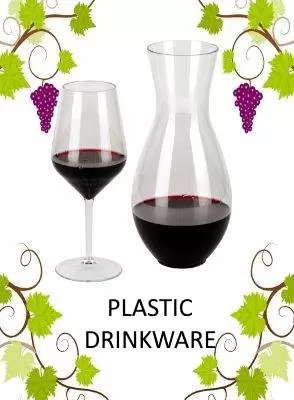







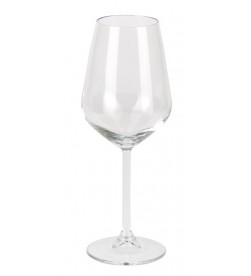







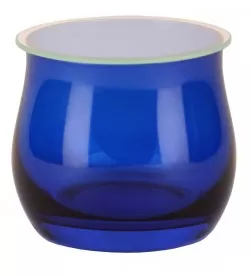











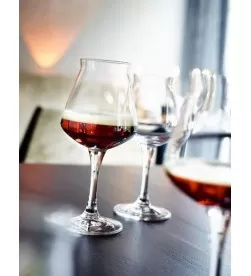







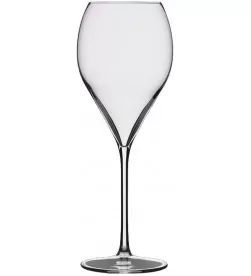

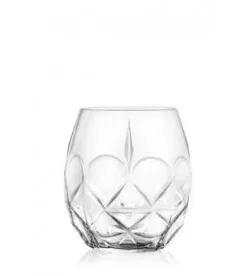






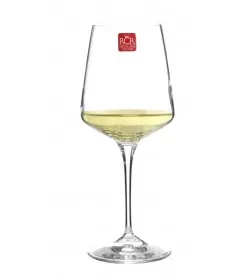




 Tasting
Tasting
 The sommelier's tools
The sommelier's tools
 Tasting events
Tasting events
 Hard plastic glasses are essential during summer holidays
Hard plastic glasses are essential during summer holidays
 Crystal glasses and stemware: that subtle transparency
Crystal glasses and stemware: that subtle transparency
 Personalized Plastic Glasses: Quality, Design with Plastic Glasses
Personalized Plastic Glasses: Quality, Design with Plastic Glasses
 Cantine Aperte at Christmas: Wine Tasting
Cantine Aperte at Christmas: Wine Tasting
 Back to School: Learning to Taste Wine Properly
Back to School: Learning to Taste Wine Properly